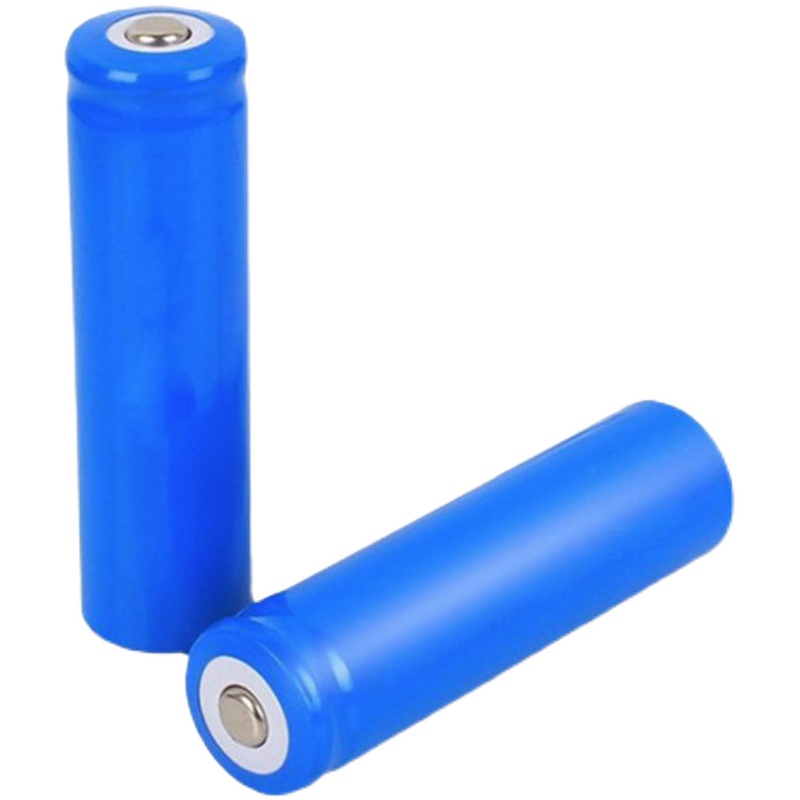According to the material, the cell of lithium battery is mainly divided into lithium iron phosphate battery and manganese system (containing cobalt lithium, ternary and other materials). Lithium iron phosphate battery: nominal voltage 3.2-3.3V; Ternary lithium battery: 3.6-3.7V




1.low temperature performance
“Relative 25℃ capacity” refers to the ratio of discharging capacity under different temperature conditions to discharging capacity at 25℃. This value can accurately reflect the attenuation of battery life under different temperature conditions, the closer to 100%, the better performance of the battery. With 25℃ as the reference room temperature, there is almost no difference in discharge capacity between the two types of batteries charged at 55℃ and 25℃.But at minus 20℃, ternary lithium battery has obvious advantages over lithium iron phosphate battery. Customers in different regions, when choosing lithium materials, this must be taken into account.
2.Linear discharge
The discharge linearity is simply the relationship between the remaining charge and the voltage. Due to the material characteristics of iron lithium battery, the discharge has high voltage region, platform region and low voltage region. In the high and low voltage areas, the voltage drops very fast, and in the platform area, the drop is very slow. On the good side, the voltage in the main discharge interval is very flat. On the bad side, it is difficult for users to judge the amount of remaining power according to the voltage display data, and they will push the car.
3.Energy density
The current domestic new energy car is mainly used in lithium iron phosphate power battery, but the theory of energy density of lithium iron phosphate power battery co., LTD., lithium iron phosphate battery monomer energy density of 120 wh/kg, after the group energy density of 80 wh/kg, so companies are now actively research and development for higher energy density manganese lithium iron phosphate material new power lithium batteries.The ternary battery has a high energy density. The energy density of ternary lithium battery is 180Wh/kg, and 110Wh/kg after grouping, indicating an obvious market advantage. Therefore, ternary lithium battery is superior to lithium iron phosphate battery in terms of energy density.
4.Security
In terms of safety, lithium iron phosphate batteries have more advantages than ternary batteries. The reason is that the nickel-cobalt-Aluminum 18650 battery in the termite material will self-heat when it exceeds 180℃, which is difficult to control after fire, while the lithium iron phosphate material will excrete heat when it reaches 250℃.
5.Cycle life
The cycle life of lithium iron phosphate cell is more than 2000 times, and the cycle life of ternary lithium cell is about 1000 times. Group, because of the complex working environment, the service life decreased.


In general, the theoretical energy density of lithium iron phosphate battery is limited, the space for improvement is not very large, lithium iron phosphate high temperature resistance is better, three lithium low temperature resistance is better, the safety of lithium iron phosphate will be better, the life of lithium iron phosphate is longer, because both have their own advantages and disadvantages, so the application field is also different. Power battery enterprises should pay more attention to battery safety, strengthen production monitoring, and strictly ensure quality, in order to ensure the safety of new energy vehicles and the personal safety of passengers and employees.
